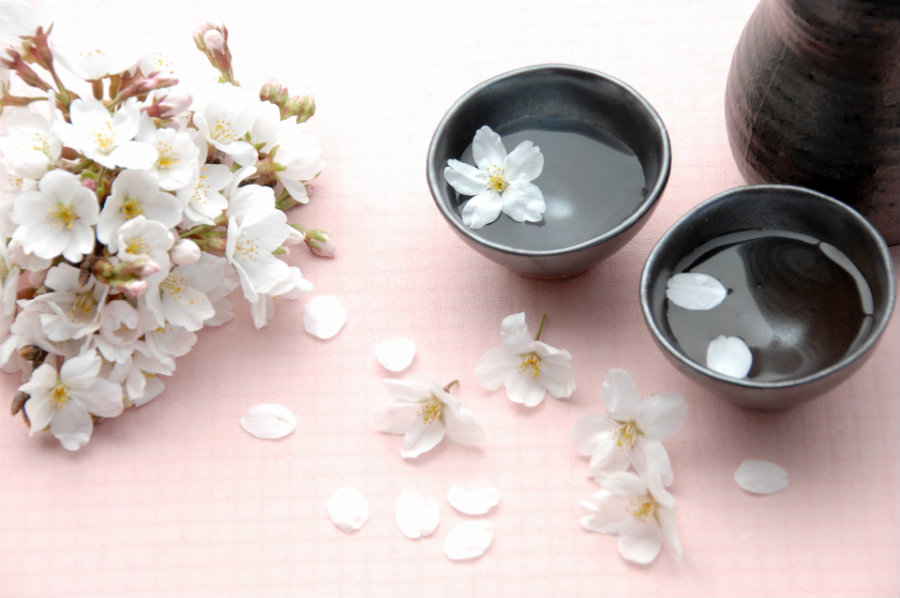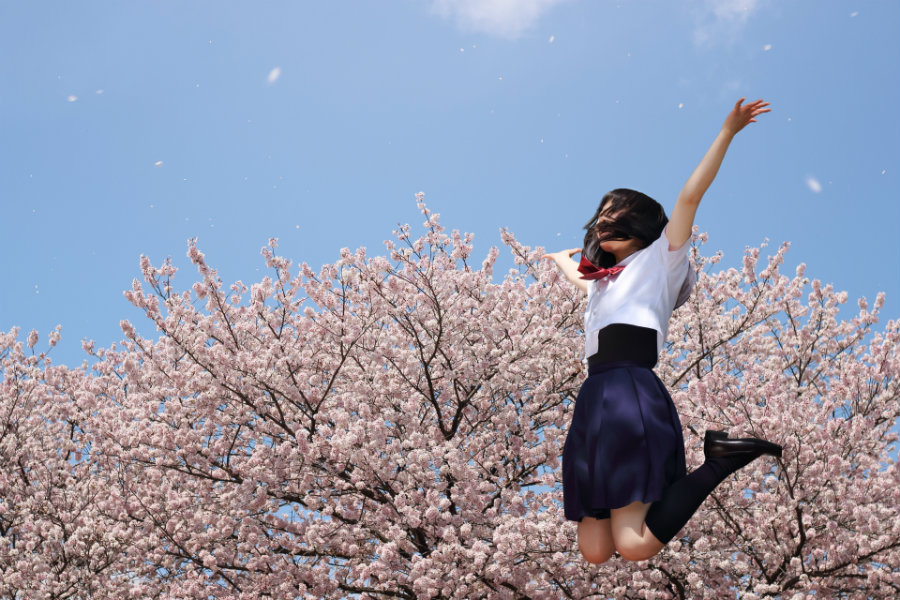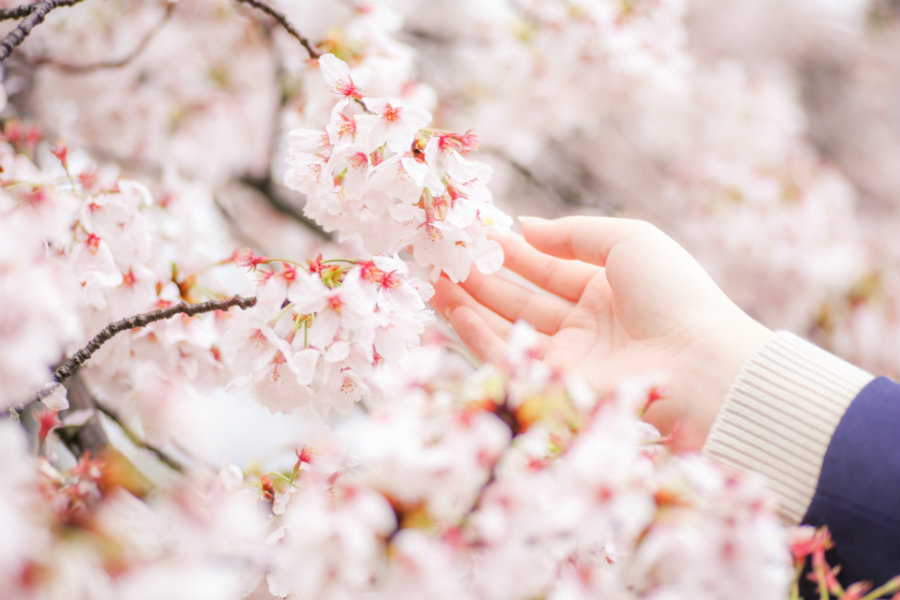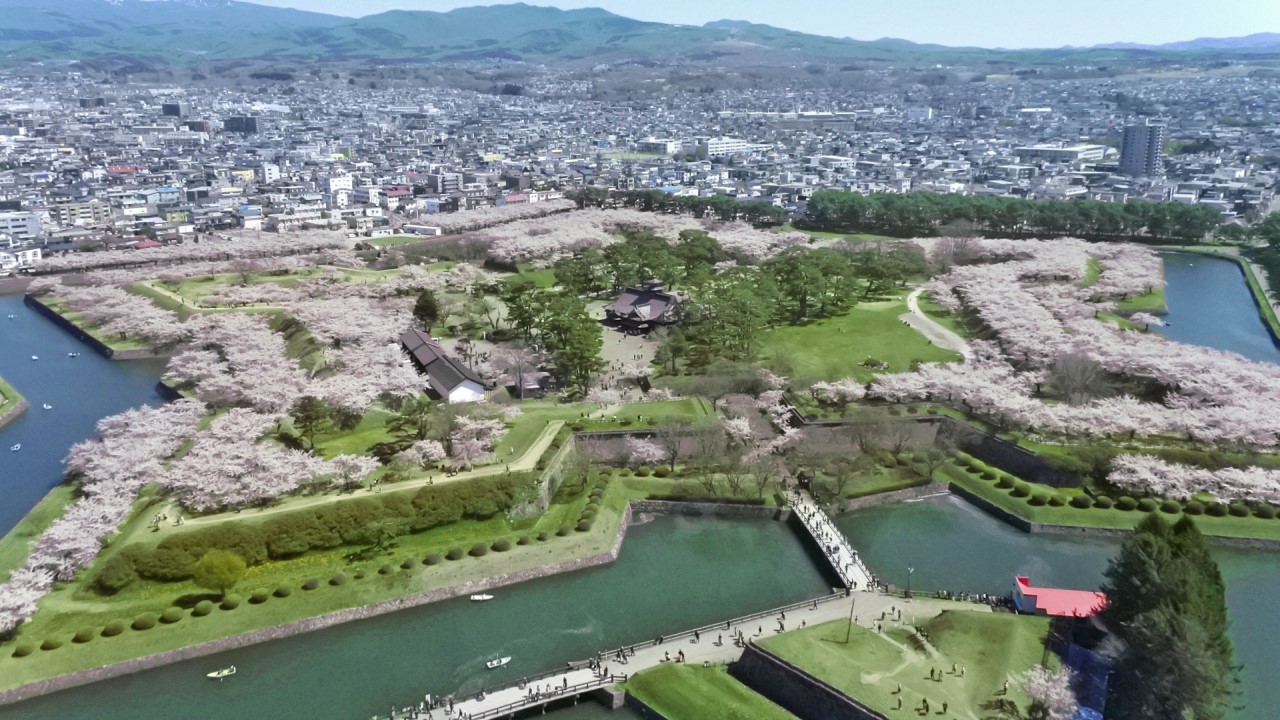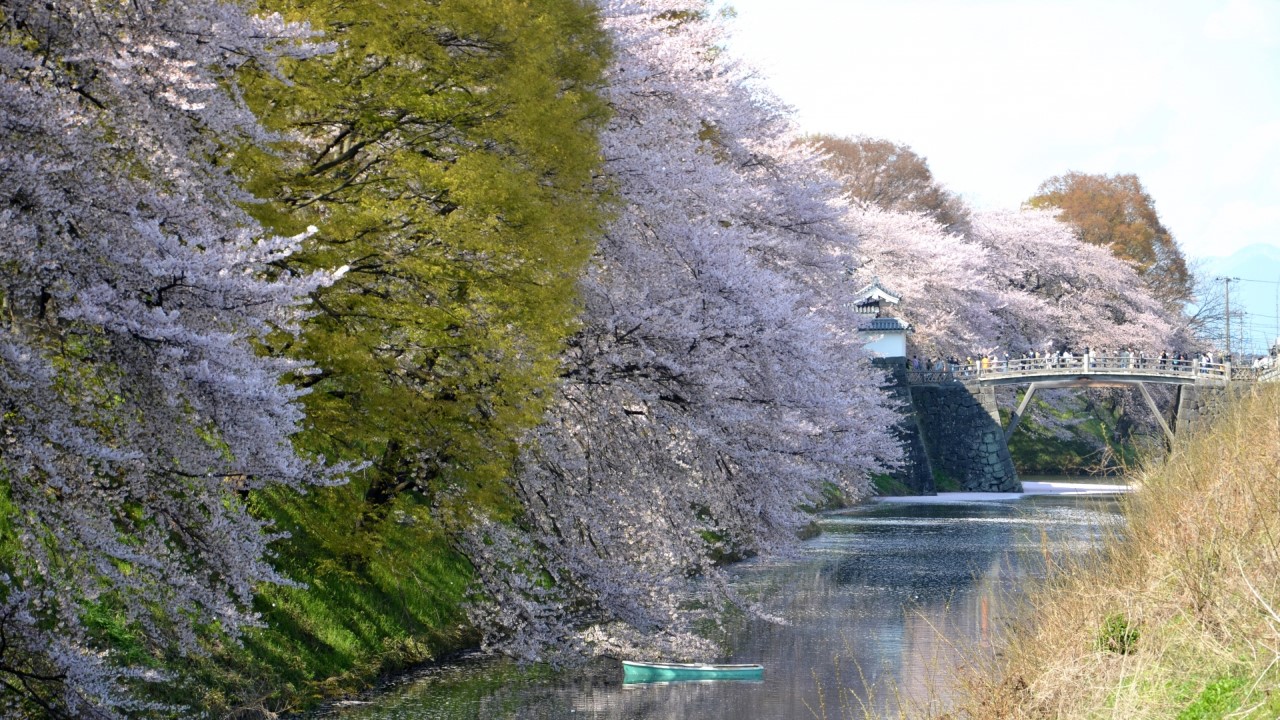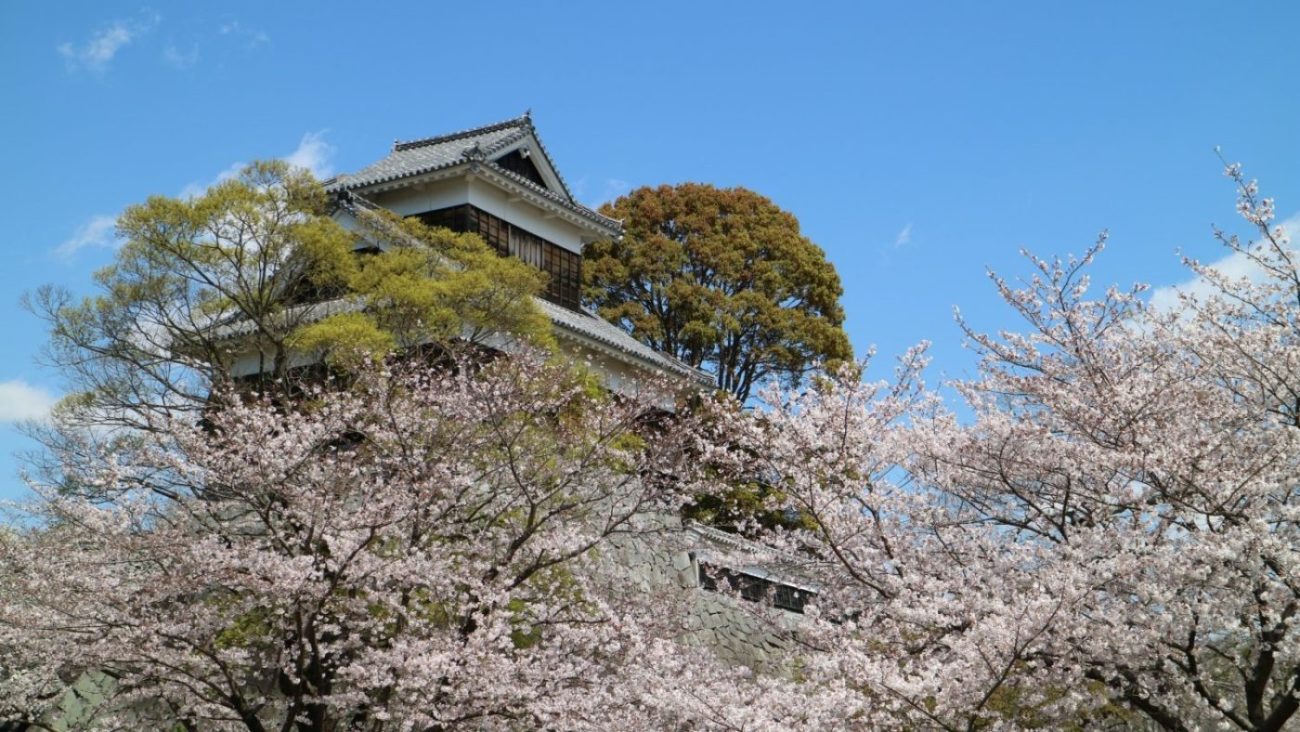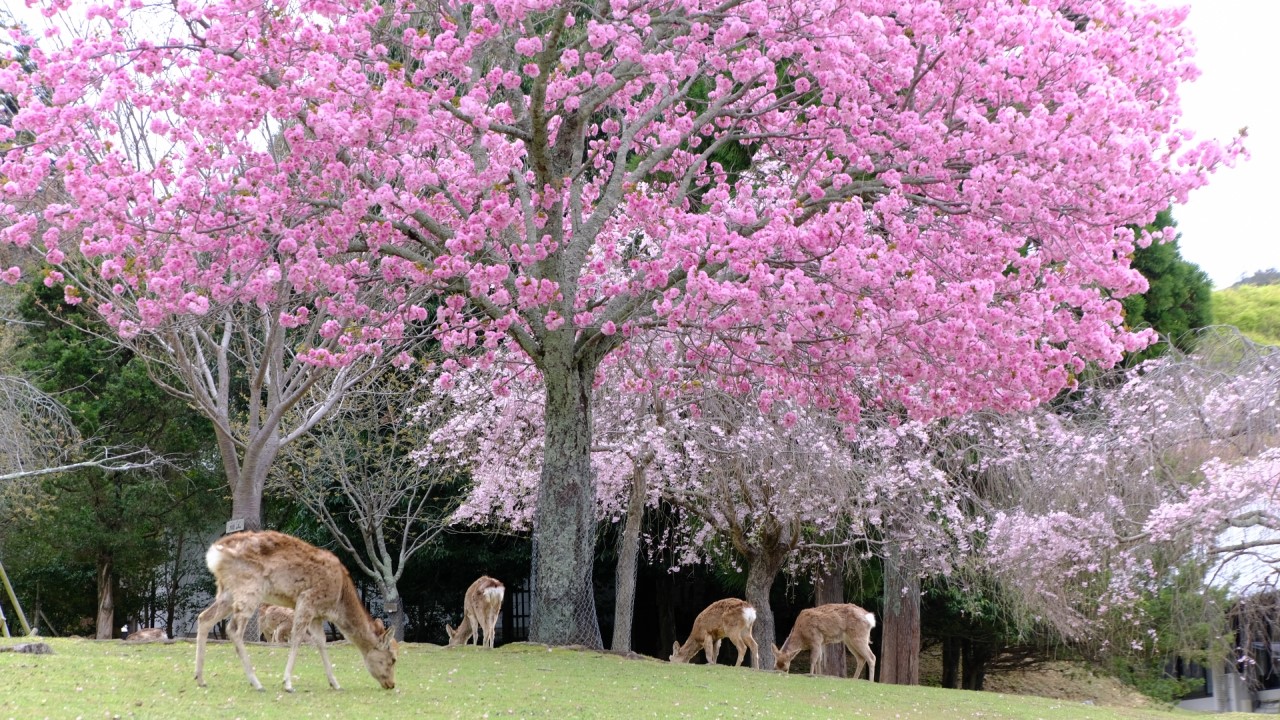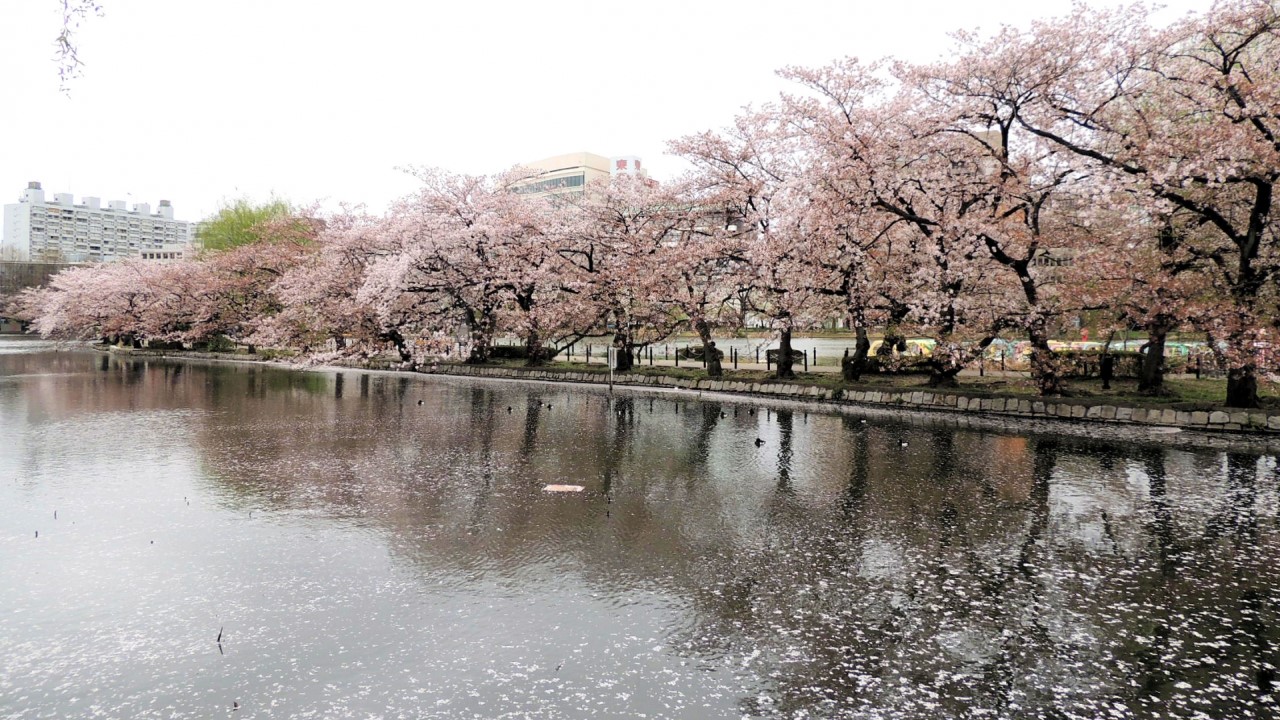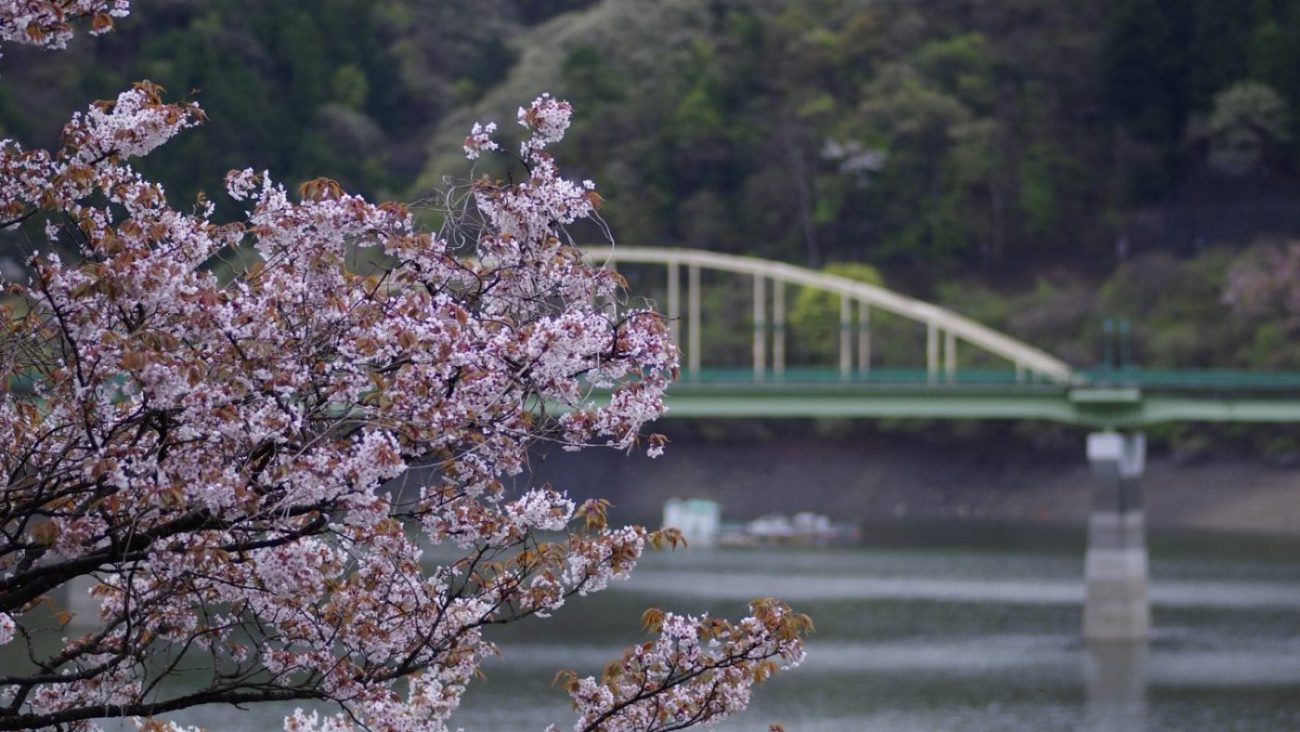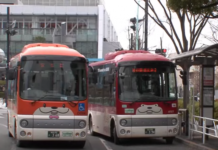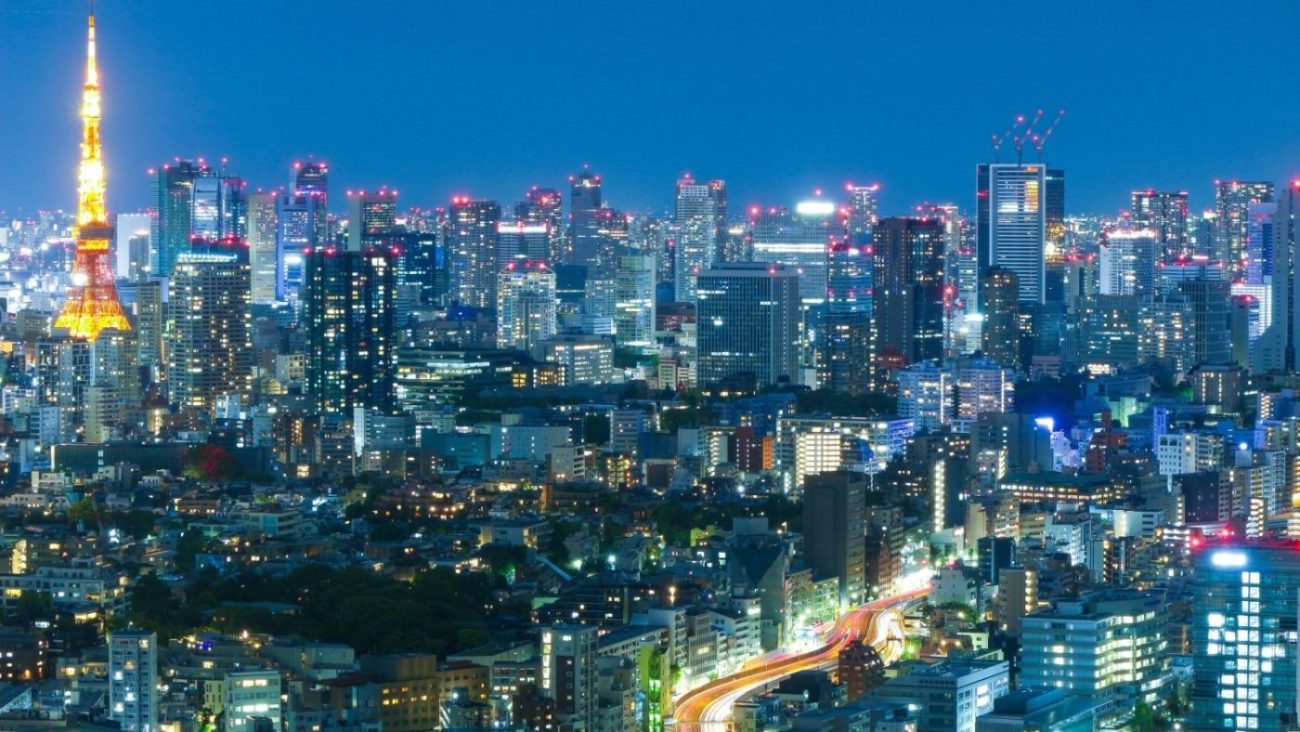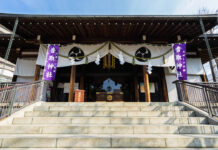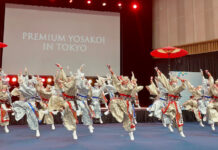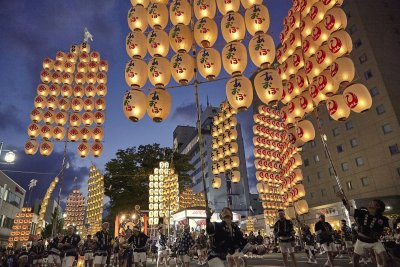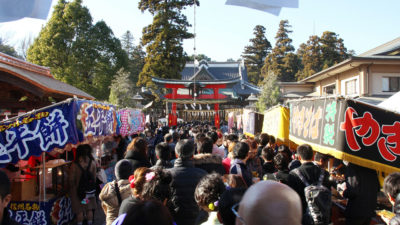Short-lived, fragile, pale pink cherry blossoms have become a symbol of Japan. In fact, Japanese people are madly in love with cherry blossom viewing and everything it represents. It is precisely because the gentle blossoms easily and quickly wither and fall that they are loved so much.
Feelings of Cherry blossom
It is a notion called mono no aware or ‘bittersweet awareness of the impermanence of things’. This mindset is the belief that this impermanence needs to be cherished and not mourned. A similar thought expressed in English and often quoted is “Don’t cry because it’s over, be happy because it happened” – first found in the writings of German poet Ludwig Jacobowski and widely spread later by Dr. Seuss.
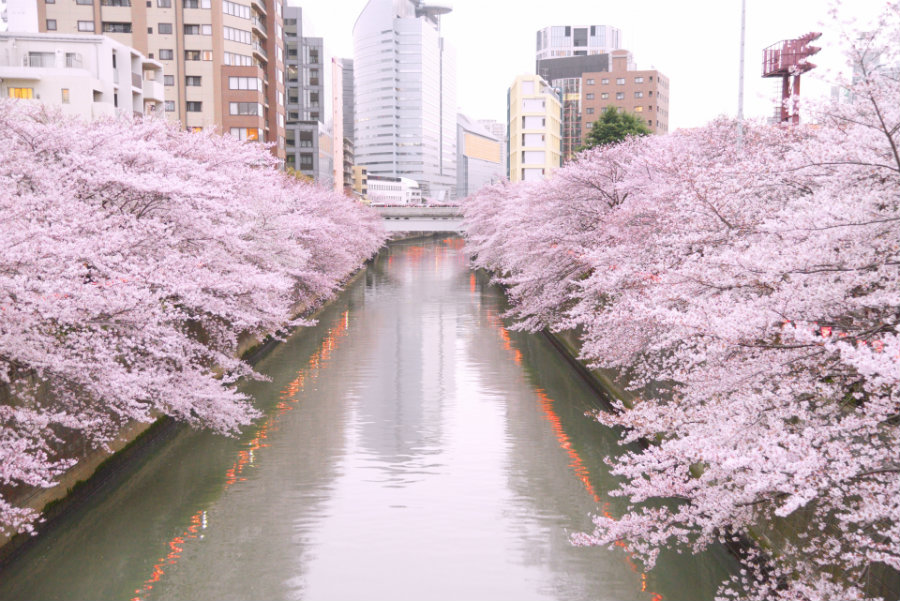
The sheer quantity of cherry trees planted in Japan testifies to this love. When the cherries blossom people stop looking down and look constantly up; salary-men normally in a hurry, now stop in the middle of the road to take a picture. The cherry blossoms also fade away beautifully – first with blossoms slowly raining through the air, or as one famous anime feature film beautifully put it “the cherry blossoms fall with a speed of 5 cm per second.” The last stage of perishing of sakura ends with pinkish carpets on the streets and water surfaces covered with pink blankets, all rivers flowing pink and taking the petals away.
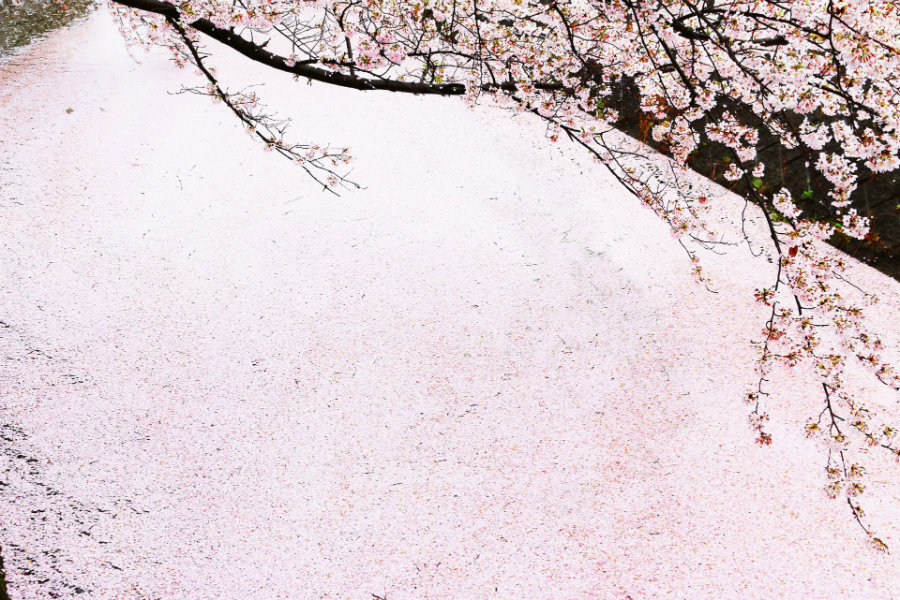
Cherry blossom glossary
If you are in Japan for the cherry blossom season, you will hear a lot of unknown words that have already permeated the English language spoken by expats. Here are the essential ones.
sakura 桜 – the Japanese word for cherry blossoms
hanami 花見 – literally meaning “flowers” + “looking/viewing”, nowadays it is understood as “viewing cherry blossoms while sitting under the trees”
ume 梅 – a species of tree related to both plums and apricots that blooms in early spring
yozakura 夜桜 – night illumination of cherry blossoms
somei yoshino 染井吉野 – the most popular cherry tree species in Japan
sakuramochi 桜餅 – a Japanese sweet made of sweet pink-colored rice cake (mochi) with red bean paste (anko) inside, and wrapped in a pickled cherry blossom (sakura) leaf
hanami dango 花見団子 – sweet rice flour dumplings, always a group of three on a skewer, one pink, one white and one green dumpling
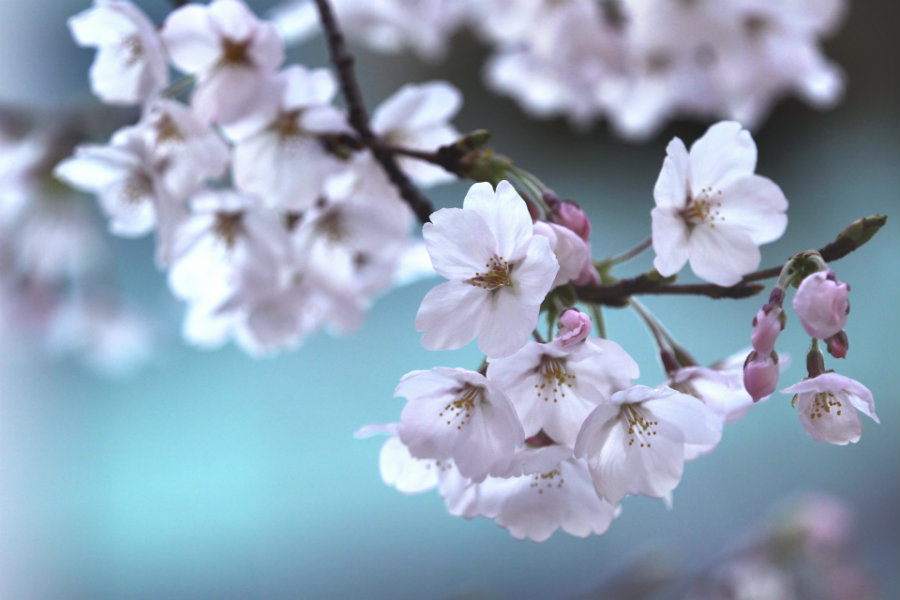
Hanami history: How long have the Japanese been in love with cherry blossoms?
It would seem that cherry blossom viewing in Japan has been going on since forever, but almost every cultural practice in the world has an origin. The Heian period in Japan (from 794 to 1185) brought a lot of cultural changes, including the addition of events to admire the cherry blossoms. During the Nara Period (710-794) the ume, or Japanese plum, had been the preferred spring blossom. Both the tree species and the custom of admiring plum spring blossoms had originated from China. The notion of Mono no aware, or ‘bittersweet awareness of the impermanence of things’, also originated in the Heian period and it is one of the reasons why the fragile cherry blossoms are so beloved.
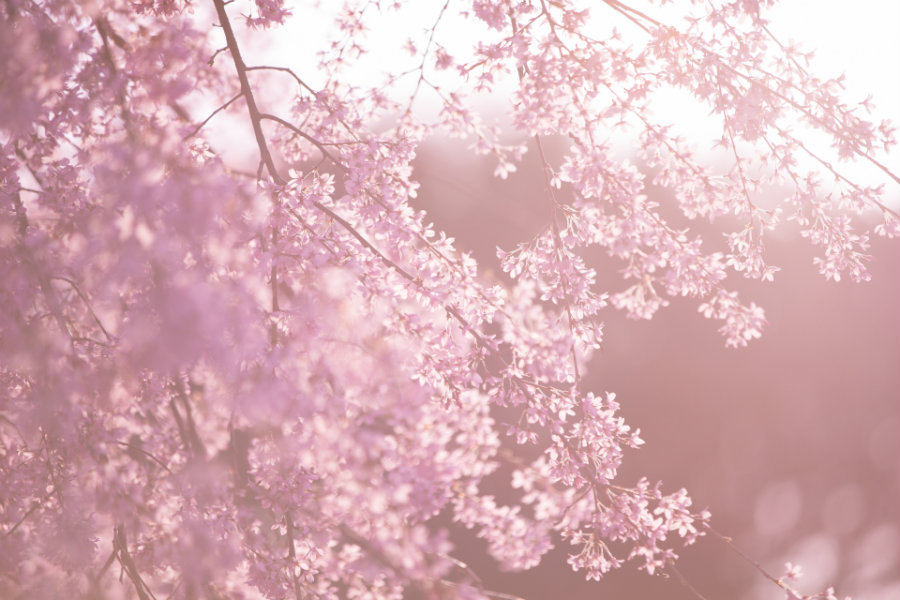
In the Heian Period, members of the aristocracy started organizing hanami parties under the cherry trees. It was very common to read poetry under them, lamenting but also cherishing their delicate blossoms. People would also drink sake and eat food. Some customs from those original parties are observed to this day, while some have faded away. A major change has to do with the participants themselves. In the Heian Period the cherry blossom viewing parties were exclusively for the Imperial Court, but later on, commoners started joining the practice, reaching its peak during the Edo Period (1603 and 1868 ).
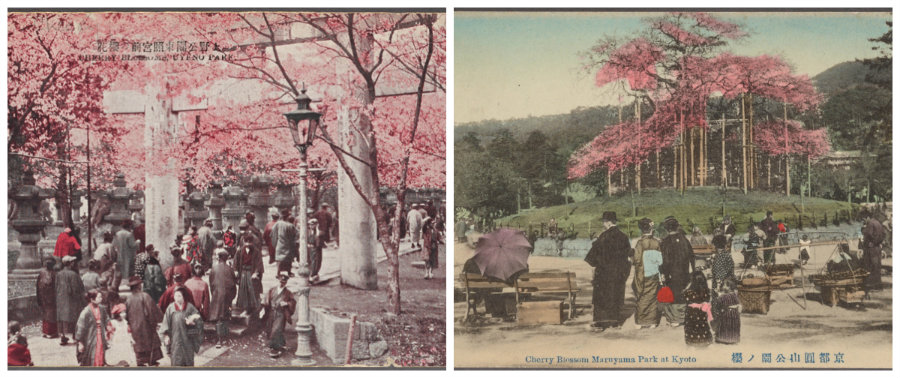
Cherry blossom viewing and hanami today
Today, not everyone reads and writes poetry under the cherry blossoms, but everyone looks forward to having a picnic under the pink flower-clouds. Hanami events are very lively, with people bringing food and drinks, playing games and instruments, singing and having fun. There are also food stalls offering delicious, take-away food on the spot. Bigger parks sometimes staged musical events. In addition, some performers circle the park in groups to entertain people.
The most common color seen during hanami parties, besides pink, is the blue of the tarp sheets that people sit on. The parks and gardens have specific spots designated for picnics, so make sure to locate them before settling somewhere. It is very common to eat bento lunch boxes containing sushi, sakuramochi (sweet pink-colored rice cake (mochi) with red bean paste (anko) inside, and wrapped in a pickled cherry blossom (sakura) leaf), hanami dango (sweet rice flour dumplings) and many other sakura flavored foods and drinks. Read more about it in our hanami treats article.
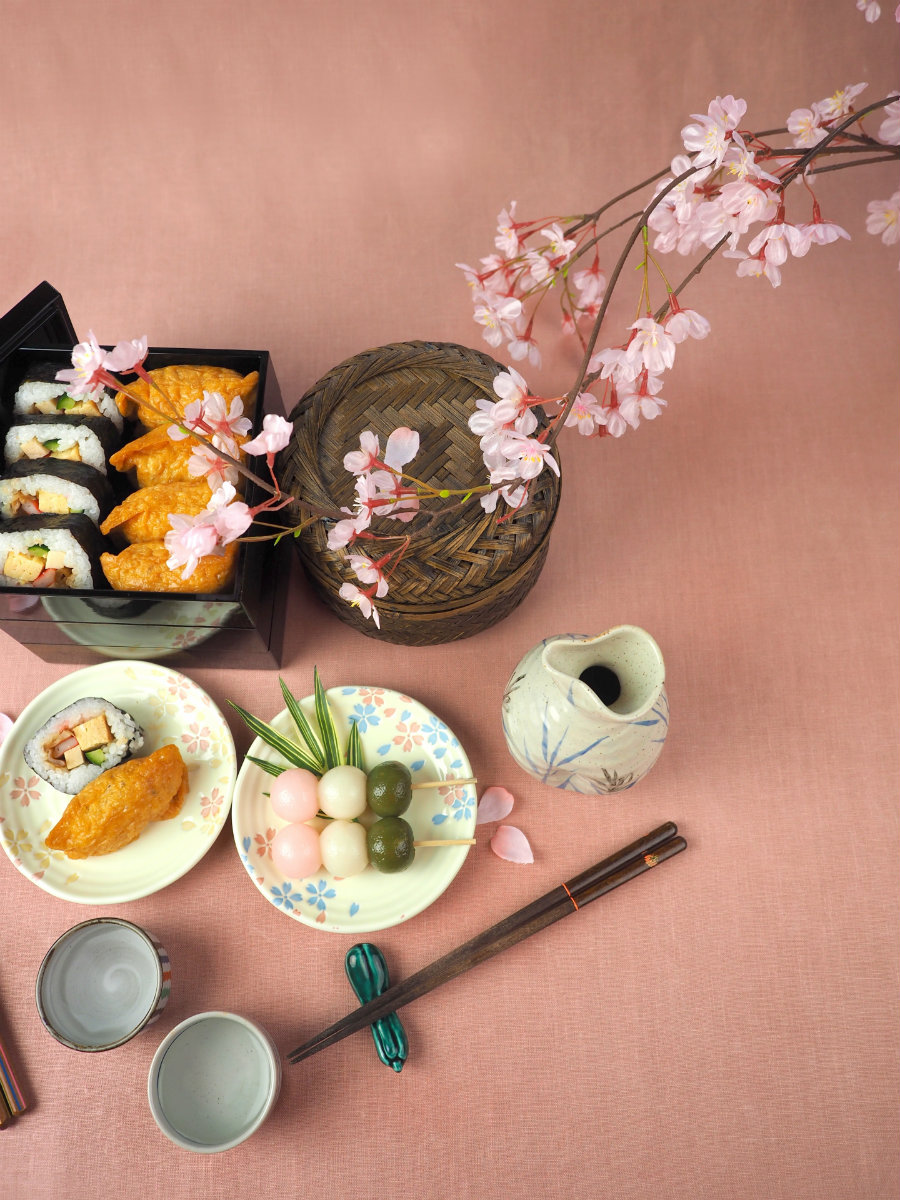
When night falls, a lot of parks and gardens illuminate their cherry trees and this custom is called yozakura. Lakes, ponds and rivers particularly shine, as the cherry blossoms are reflected in the water. Another way to enjoy cherry blossom viewing is taking a boat ride down the many rivers lined with cherry trees. Some of the popular places for a river cruise are Sumida river and Meguro river in Tokyo, Ogawa river in Osaka and Matsukawa river in Toyama, among many others. For a more personal cherry blossom viewing on water, people rent small rowing boats around ponds and lakes. The most iconic locations in Tokyo where you can do this are Chidori-ga-fuchi the Imperial Palace and the Inokashira Park pond in Kichijoji Western Tokyo.
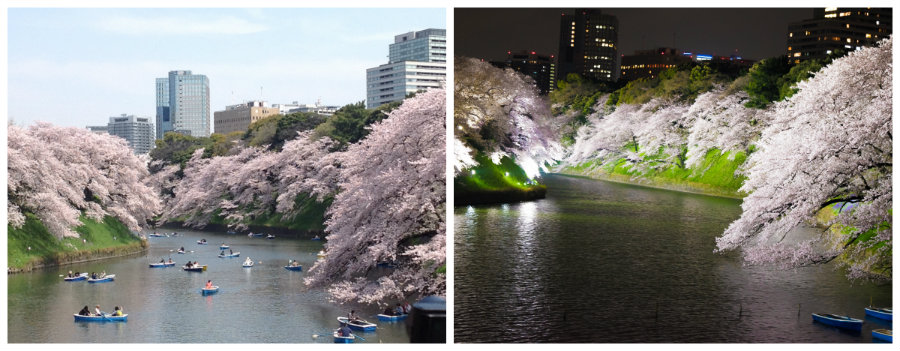
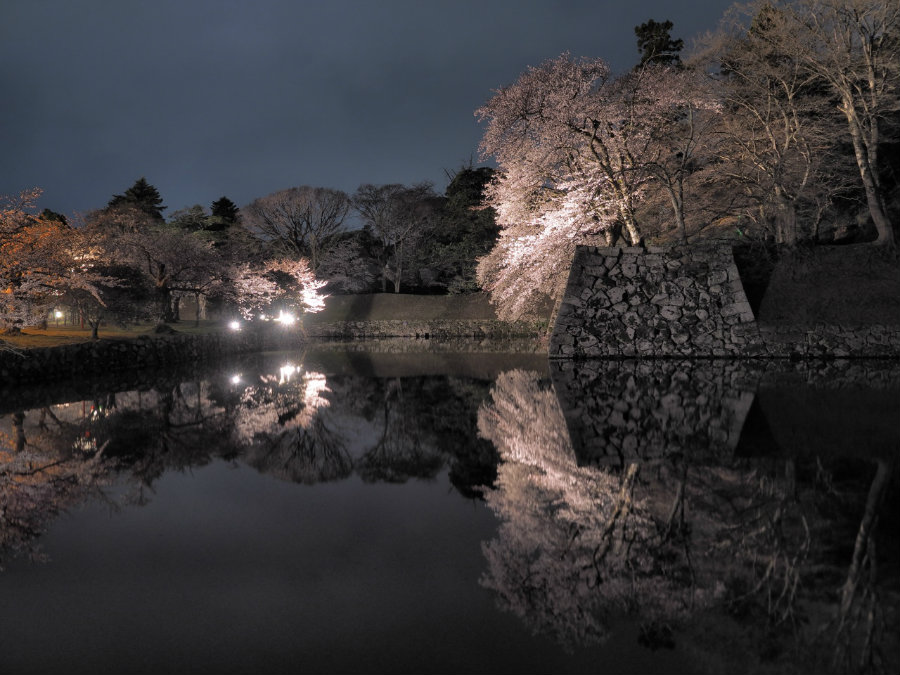
The meaning of sakura in Japanese society
As early as February many food and drink products get a cherry blossom-themed makeover in Japan. In anticipation of the cherry blossoms, hunting for the new seasonal special has become a pastime for many in Japan. Coffee shops start offering cherry blossom flavored drinks and sweets. Meanwhile famous brands launch cherry blossom flavored versions of their products or at least, create a new cherry blossom packaging.
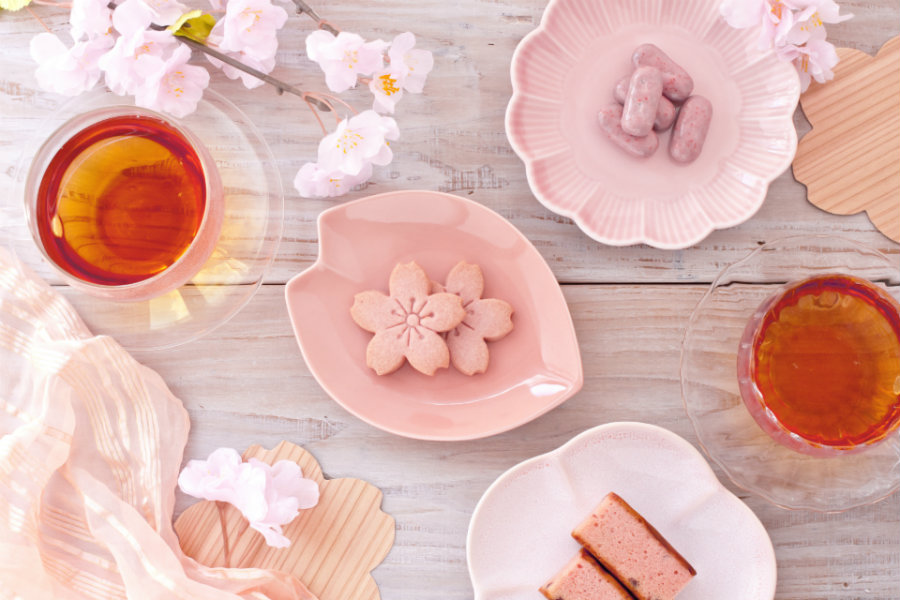
Spring and cherry blossom season signify new beginnings in Japan. All the school graduations usually take place during March with the new year beginning in April. Thus school entrance ceremonies often take place when the cherry trees are in full bloom. New beginnings in spring are not for students only. Companies also hire the majority of their new employees during this season too. As a result, the sight of cherry blossoms awakens memories of starting school or a new job. These memories filled with sunlight, pink blossoms, and cheerful picnics are a bottomless source of the feeling of mono no aware – just as the cherry blossoms come and go, years come and go, children grow up, life milestones occur, and for those transient moments of happiness, no matter how short, we should be happy.
 0
0

